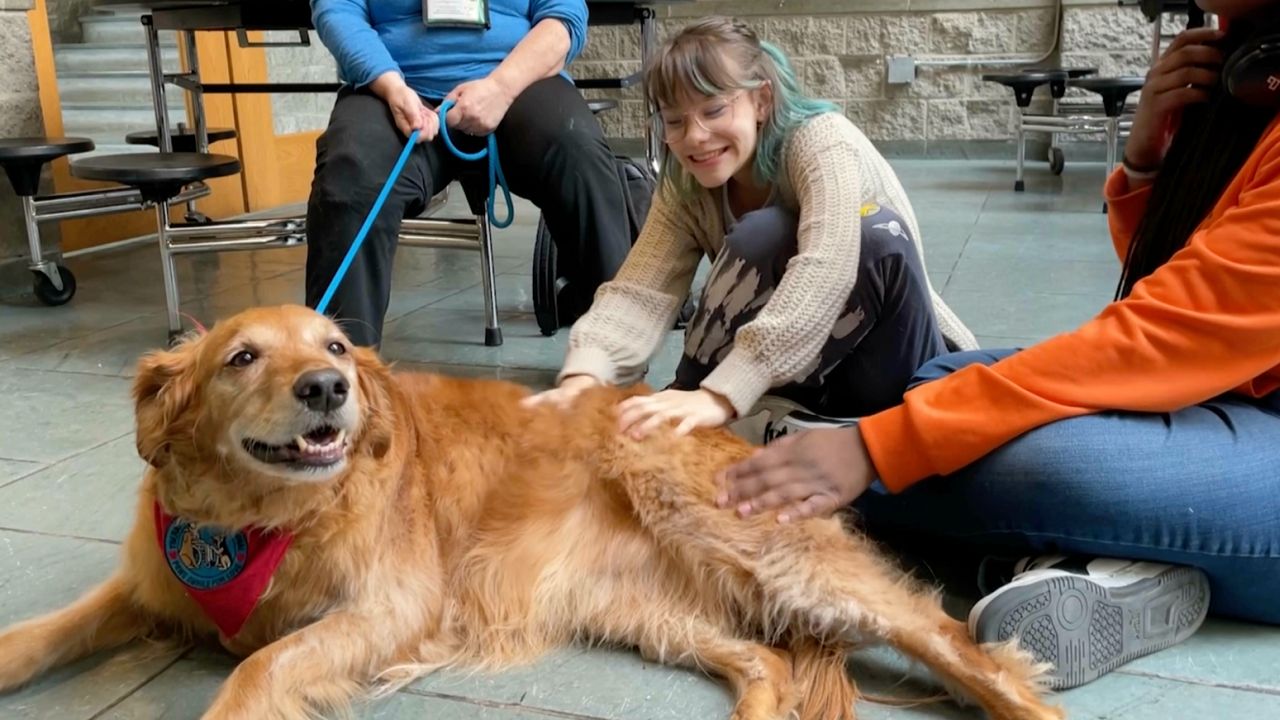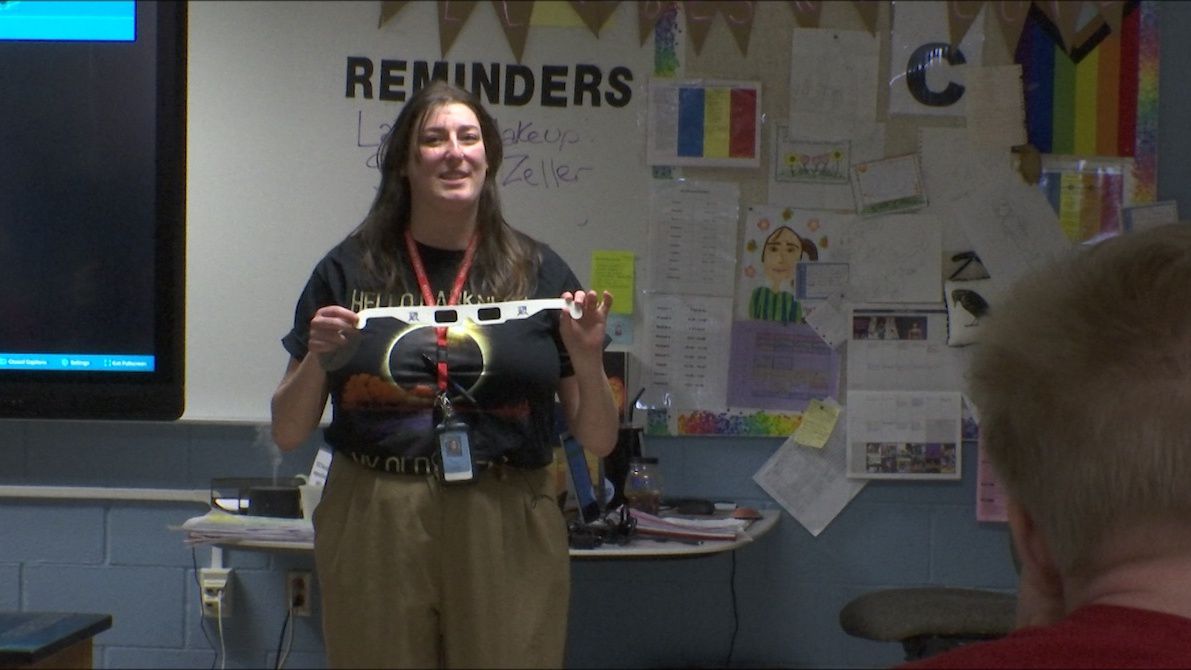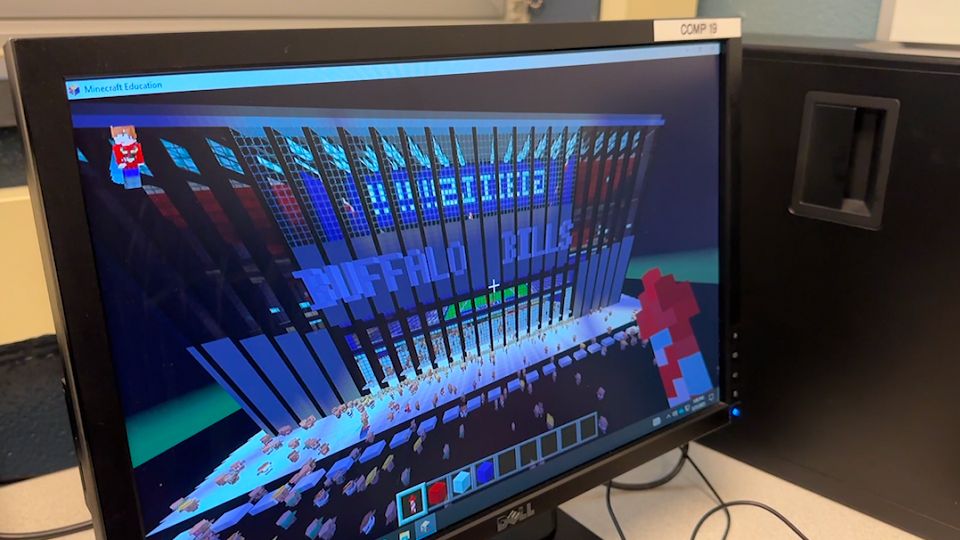ROCHESTER, N.Y. — Pieces of artwork and artifacts have allowed us to learn, explore and understand cultures from the past and around the world.
“So all these things become exceptionally critical once we start looking into how we democratizing about access to collections is making sure that we’re representing the item itself as accurately as possible,” graduate student Leah Humenuck said.
Students from the Rochester Institute of Technology noticed the importance these pieces of work have in history.
“In times, in areas, in Ukraine for instance if they need to digitize things quickly this gives them an accurate way to do that without having museums and institutions spend millions of dollars to do that,” graduate program director Susan Farnand said.
Discovering new methods to preserve it including digital and print reproduction, conservation treatment documentation and exhibition lighting design.
“I noticed when I was taking images of match what I saw and I could see that was a real problem especially when I’m monitoring changes of those items overtime,” Humenuck said.
Using studio photography as a practical way to capture accurate digital representations of items in their collections and to make sure their history is never erased
“Photographers know that spectral imaging is the future so we need to keep pursuing this so that we can better document cultural heritage,” said Olivia Kuzi, a Ph.D. candidate in color science.
Students work in a studio funded by grant money from the Andrew W. Mellon Foundation, allowing them to have access to the necessary tools and equipment needed for the project.
“The goal is taking this marvelous technology and developing methods for doing it in a lower cost way,” Farnand said.
The team works with several museums and institutions to introduce cheaper alternatives for saving artifacts and also receive valuable feedback on the outcome of their work.
“Collaboration I think is the best thing because their research and their questions feed our research and our efforts here,” Humenuck said.
Moving forward they hope the project will expand as they already have a partnership in the making.
“The George Eastman Museum is excited about working with us to test that new application as it comes to fruition sometime next spring,” Farnand said.
The team could not be more thankful for their new opportunities, but most importantly their team.
“People who work in the field are the absolute best folks at academic institutions to work on this, we just wanna preserve our cultural heritage and make sure people continue to learn from it in the future,” Kuzi said.










